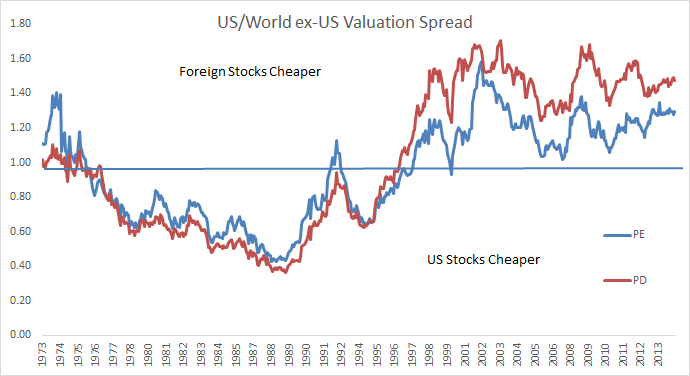Portfolio Manager Rick Ferri Shares Personal Portfolio and Asset Allocation
Post on: 1 Апрель, 2015 No Comment

In a recent post on the NY Times Bucks blog, portfolio manager and author Richard Ferri shared his own personal portfolio. As a proponent of low-cost, passive investing, it was not surprising to see mostly index funds in his portfolio, but it was interesting to see that his overall asset allocation is 80% stocks and 20% bonds. He is quick to note that he does have a pension and defined-benefit plans which balance out his overall financial picture. Wouldnt you like to know what all those financial advisors out there actually own?
Asset Allocation
Here is his asset allocation broken down into stocks and bonds separately using pretty pie charts:
Stocks
Bonds
8% Vanguard REIT ETF (VNQ)
6.5% Vanguard Pacific ETF (VPL)
6.5% Vanguard European ETF (VGK)
5% DFA Emerging Markets Core
- [alternative: Vanguard Emerging Markets ETF (VWO)]
12% Vanguard Total Bond Market Index Fund Investor Shares (VBMFX)
4% Vanguard Inflation-Protected Securities Fund Investor Shares (VIPSX)

4% Vanguard High-Yield Corporate Fund Investor Shares (VWEHX)
Reading his book All About Asset Allocation was very helpful in creating my own portfolio. (Also see Model Portfolio #3 taken from that book.) I havent been updating my own own portfolio asset allocation as diligently as I should, although I have been keeping track of it. Heres the last snapshot I took:
Ive had some asset allocation drift for sure, although I have been countering this by rebalancing with new funds. I really need an update
Emergency Funds
Its also interesting to note that he keeps an emergency fund of two years living expenses, and that he uses the Vanguard Short-Term Bond (BSV) with a current SEC yield of 1.08%. Very simple and almost no-maintenance.
I prefer using a mix of high interest savings accounts and longer-term CDs/rewards-type checking accounts. I figure that index fund investors get so excited by saving 10 basis points (0.10%) on mutual fund, but with a bit of work you could beat a short-term bond fund by 100 basis points (1%) with what I would call less risk.
Bond funds still have risk to principal, meaning you may have to sell for less than you bought in for, while FDIC-insured bank accounts do not. Money market funds are currently averaging less than 0.10% yield.














